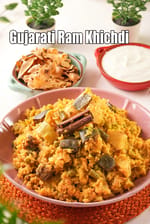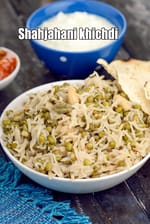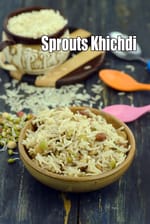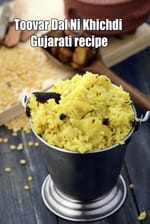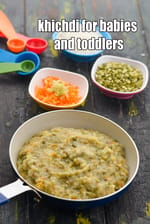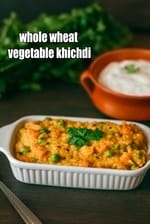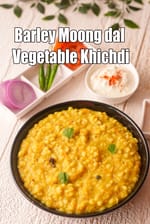You are here: Home> Cuisine > Indian Veg Recipes > Rajasthani Food > Rajasthani Khichdi, Pulao > Bajra Khichdi To Control Acidity
bajra khichdi for acidity recipe | healthy bajra khichdi to control acidity | bajre ki khichdi Indian style |
Table of Content
bajra khichdi for acidity recipe | healthy bajra khichdi to control acidity | bajre ki khichdi Indian style | with 20 amazing recipes.
bajra khichdi for acidity recipe | healthy bajra khichdi to control acidity | bajre ki khichdi Indian style is a one dish meal soothing to the stomach. Learn how to make healthy bajra khichdi to control acidity.
To make bajra khichdi for acidity, combine the bajra, moong dal, salt and 2 cups of water in a pressure cooker, mix well and pressure cook for 4 whistles. Allow the steam to escape before opening the lid. Keep aside. Heat the ghee in a deep pan and add the cumin seeds. When the seeds crackle, add the asafoetida, turmeric powder and sauté for a few seconds. Add the cooked bajra and moong dal and salt, mix well and cook on a medium flame for 2 to 3 minutes, while stirring occasionally. Serve the bajra khichdi to control acidity immediately.
Bajra is one of the cereals, other than jowar, which is alkaline by nature and thus suitable for those suffering from acidity. Healthy bajra khichdi to control acidity has been wisely paired with yellow moong dal, which is the most easiest to digest amongst all the dals.
Furthermore, all the spices added (cumin seeds, asafoetida and turmeric powder) in bajre ki khichdi Indian style also promote digestive health. Try this Alkaline Bajra Khichdi instead of fat-laden and maida-based delicacies, for dinner. This is sure to prevent acidity attacks at night.
With not much effort from your side, you can cook and serve this health treat on table within 20 minutes. You will surely enjoy the soft mouthfeel of cooked bajra. Serve bajra khichdi for acidity with a bowl of curd it if suits you. Else have a glass of buttermilk – this aids in digestion too.
Tips for bajra khichdi for acidity. 1. You need to remember and soak the bajra well in advance for at least 8 hours, else the bajra would not cook completely. 2. Depending on the quality of the bajra and the size of the pressure cooker, you may need to cook the bajra for an extra whistle. 3. Remember to serve it immediately.
Try other stomach friendly recipes like Jowar Pyaz ki Roti and Bajra Peas Roti.
Enjoy bajra khichdi for acidity recipe | healthy bajra khichdi to control acidity | bajre ki khichdi Indian style | with step by step photos.
Bajra Khichdi To Control Acidity recipe - How to make Bajra Khichdi To Control Acidity
Tags
Soaking Time
8 hours
Preparation Time
10 Mins
Cooking Time
20 Mins
Baking Time
0 Mins
Baking Temperature
0
Sprouting Time
0
Total Time
30 Mins
Makes
3 servings
Ingredients
For Bajra Khichdi To Control Acidity
- 1/2 cup whole bajra (black millet) , soaked or 8 hours and drained
- 1/2 cup yellow moong dal (split yellow gram) , washed and drained
- 1 tbsp ghee
- 1 tsp cumin seeds (jeera)
- 1/4 tsp turmeric powder (haldi)
- 1/2 tsp asafoetida (hing)
- salt to taste
Method
For bajra khichdi to control acidity
- To make bajra khichdi to control acidity, combine the bajra, moong dal, salt and 2 cups of water in a pressure cooker, mix well and pressure cook for 4 whistles.
- Allow the steam to escape before opening the lid. Keep aside.
- Heat the ghee in a deep pan and add the cumin seeds.
- When the seeds crackle, add the asafoetida, turmeric powder and sauté for a few seconds.
- Add the cooked bajra and moong dal and salt, mix well and cook on a medium flame for 2 to 3 minutes, while stirring occasionally.
- Serve the bajra khichdi to control acidity immediately.
Bajra Khichdi To Control Acidity recipe with step by step photos
-
-
Like Bajra Khichdi to control acidity, then check our collection of khichdi recipes. The humble collection of khichdi recipes is perhaps the homeliest dish one can think of.
-
-
-
To make bajra khichdi for acidity recipe | healthy bajra khichdi to control acidity | bajre ki khichdi Indian style, first in a deep bowl take 1/2 cup whole bajra (black millet) and rinse it with water 2-3 times.

-
Add enough water to submerge the black millet.

-
Cover with a lid and keep aside to soak for 8 hours. If you do not have 8 hours then soak for around 4 hours and then pulse in the mixer few times to loosen out the husk and make a coarse powder.

-
The soaked bajra looks like this after 8 hours. Millets like bajra and nachni keep our system warm and are good to consume during winters as they help in absorbing the nutrients and build muscle tissue.

-
Drain it using a strainer. Keep aside.

-
Take 1/2 cup yellow moong dal (split yellow gram) and rinse it with water 2-3 times

-
Drain it using a strainer. Keep aside.

-
-
-
For the bajra khichdi for acidity recipe | healthy bajra khichdi to control acidity | bajre ki khichdi Indian style, in a pressure cooker add the soaked bajra.

-
Add the yellow moong dal.

-
Add the salt.

-
Add the 2 cups of water.

-
Mix well using a spoon.

-
Shut the lid of the pressure cooker and pressure cook for 4 whistles.

-
Allow the steam to escape before opening the lid. Open the pressure cooker.

-
-
-
For the tadka of bajra khichdi for acidity recipe | healthy bajra khichdi to control acidity | bajre ki khichdi Indian style, heat the 1 tbsp ghee in a deep non-stick pan.

-
Once the ghee is hot, add the 1 tsp cumin seeds (jeera).

-
When the seeds crackle, add the 1/2 tsp asafoetida (hing) and 1/4 tsp turmeric powder (haldi).

-
Sauté on a medium flame for a few seconds.

-
Add the cooked bajra- yellow moong dal mixture.

-
Mix well.

-
Add little salt to bajra khichdi for acidity recipe | healthy bajra khichdi to control acidity | bajre ki khichdi Indian style.

-
Mix bajra khichdi for acidity recipe | healthy bajra khichdi to control acidity | bajre ki khichdi Indian style well and cook on a medium flame for 2 to 3 minutes, while stirring occasionally. Remember we have added salt before while cooking the Khichdi.

-
Serve the bajra khichdi for acidity recipe | healthy bajra khichdi to control acidity | bajre ki khichdi Indian style immediately.

-
-
-
Bajra khichdi – to control acidity.

-
Bajra is alkaline in nature and thus a wise choice for people suffering from diabetes.
-
Paired with easily digestible yellow moong dal, this khichdi is a non spicy one dish meal to combat acidity.
-
Cumin and asafoetida, used in the tempering, further aid in digestion and thus soothe the lining of the stomach.
-
A bowl of curd would be a good accompaniment.
-
Nutrient values (Abbrv)per plate
| Energy | 252 cal |
| Protein | 11.3 g |
| Carbohydrates | 38.2 g |
| Fiber | 5.8 g |
| Fat | 6.1 g |
| Cholesterol | 0 mg |
| Sodium | 12 mg |
Click here to view Calories for Bajra Khichdi To Control Acidity
The Nutrient info is complete
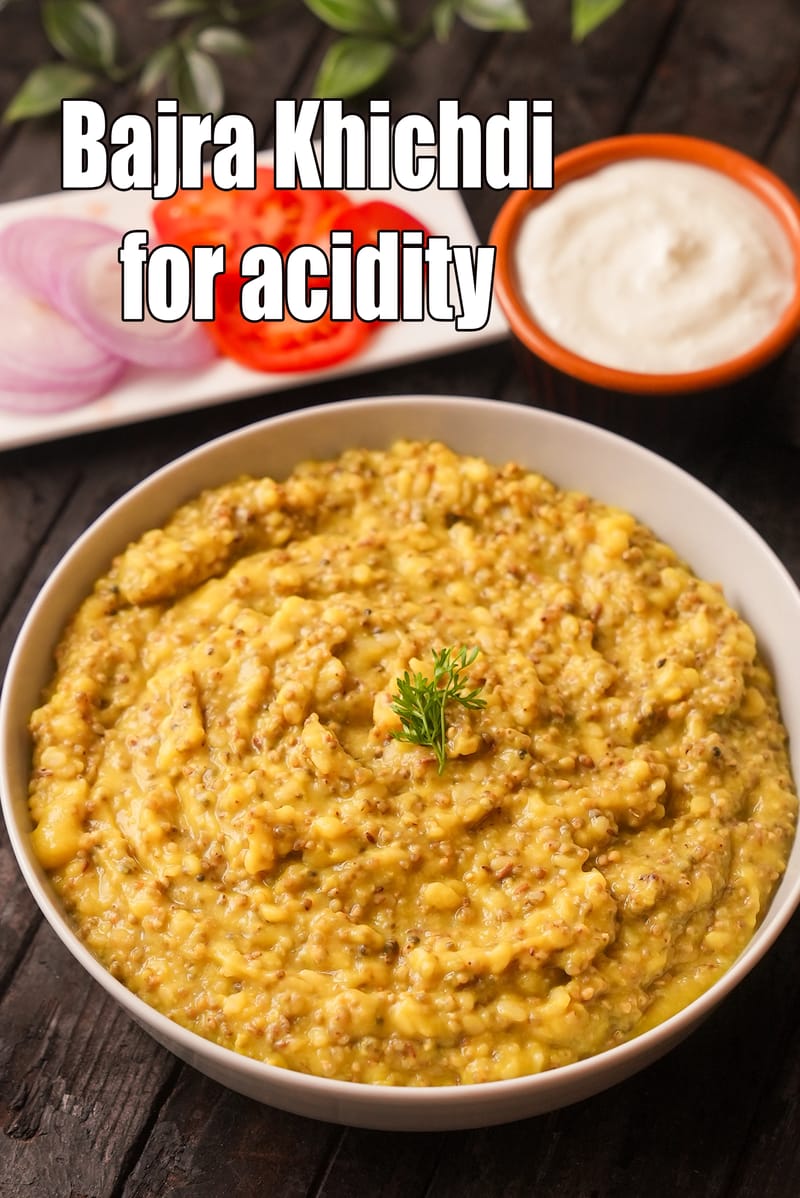


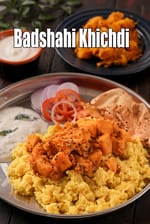
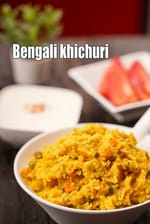
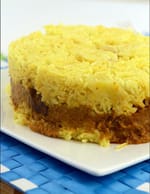
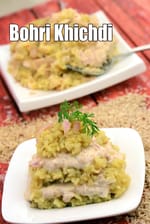

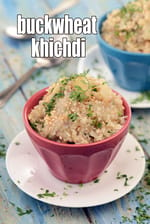


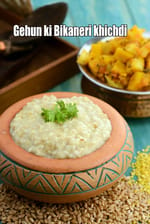
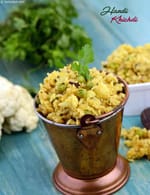
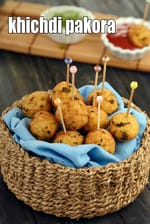
-15455.webp)
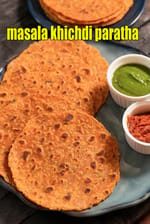
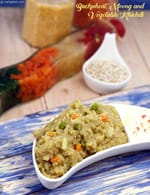

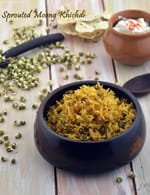
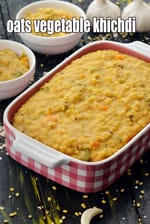
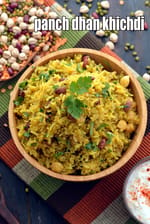
-8092.webp)
